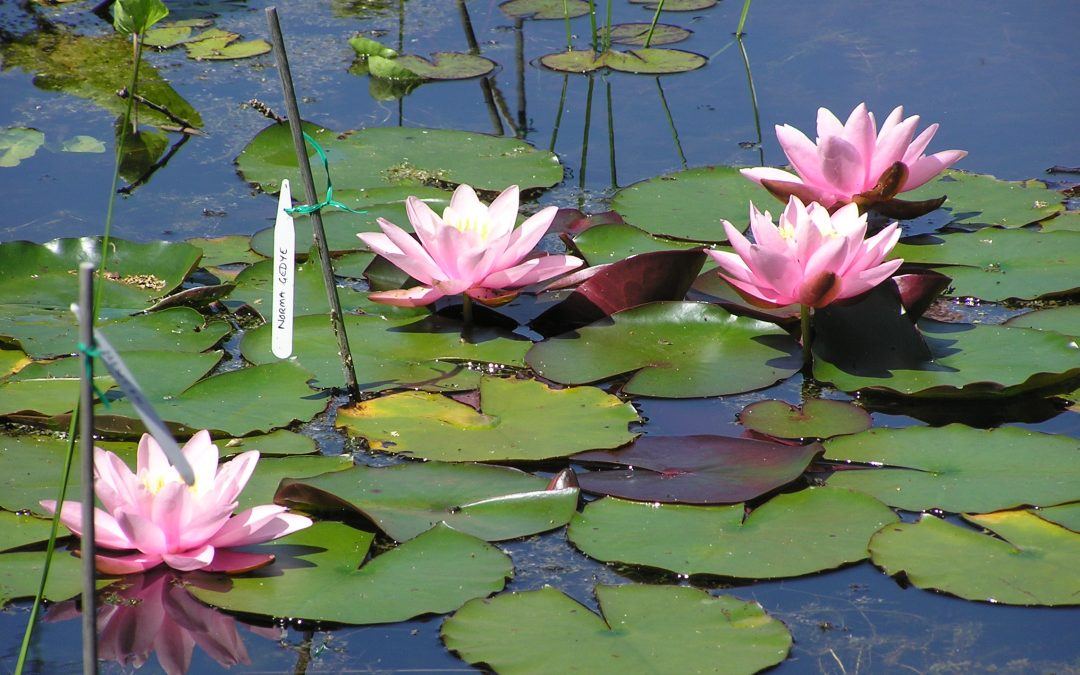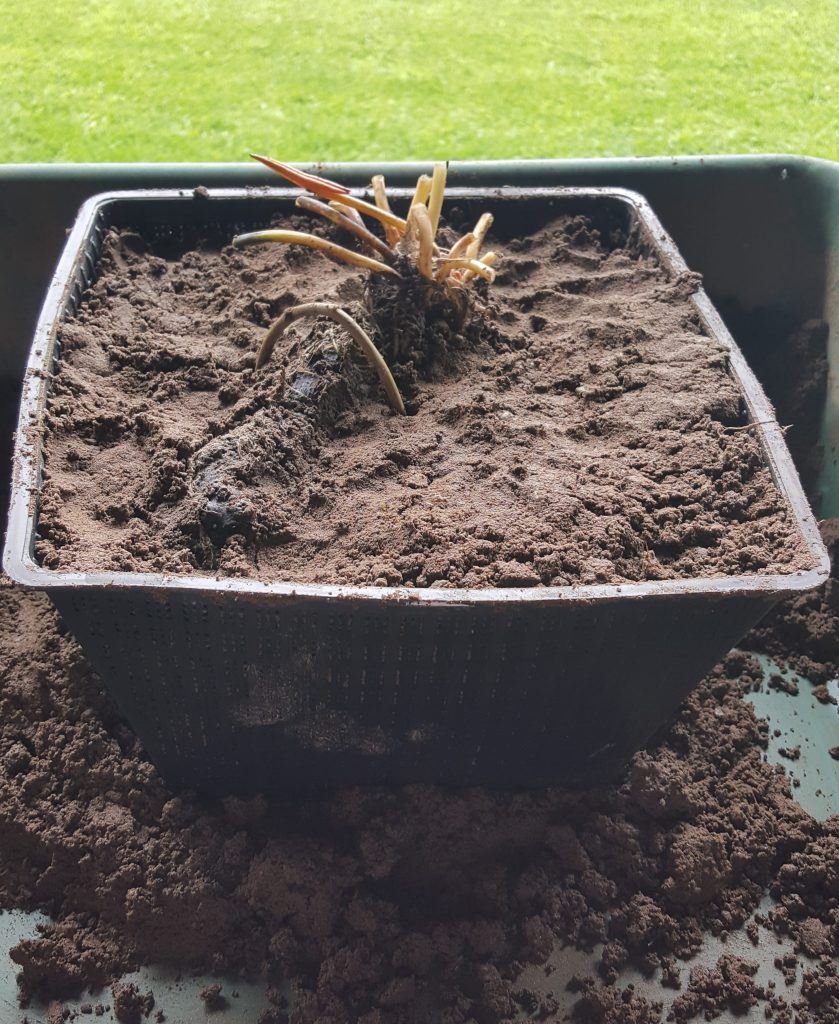
Water lilies may look exotic and fragile, but in reality, they are the most forgiving of plants to grow. If your water lily is struggling, don’t despair! In our over 40 year’s experience in growing water lilies, we have found them almost impossible to kill.
So, if you are worried that your display is not as good as it might be, here are our top ten tips for helping your water lilies to thrive.
1. Plant each individual water lily into its own large plant container. For all but the smallest water lilies a 10lt plant container is about the right size. If you plant into a larger container, you may have difficulty in lifting it as they are very heavy once out of water!
2. Check your planting. Lift each lily container and see if it’s still filled to the brim with soil. Water lilies need to be securely anchored in the container, so you do have to ram the soil in and make sure that it’s really firm around the roots and rhizome. But don’t forget to leave the top of the rhizome, where the leaves and flowers stems grow, just above the soil and gravel. (See picture to right)
3. Make sure that each water lily is planted at the right depth. The depth is measured from the top of the soil in the plant container (not including any pea gravel) to the water surface.
| Water lily size | Minimum Depth | Maximum Depth |
| LARGE | 46cm (18in) | 1m (39in) |
| MEDIUM | 30cm (12in) | 60cm (24in) |
| SMALL | 20cm (8in) | 40cm (15in) |
| PYGMY | 15cm (5in) | 30cm (12in) |
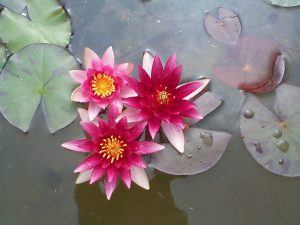 4. Water lilies are sun worshipers and will grow and flower best in full sun. There are a few varieties that will flower in dappled shade, (see our list of plants for special places and purposes) but they never flower as consistently from June to September, as they will if they are in a sunny position.
4. Water lilies are sun worshipers and will grow and flower best in full sun. There are a few varieties that will flower in dappled shade, (see our list of plants for special places and purposes) but they never flower as consistently from June to September, as they will if they are in a sunny position.
5. Keep water lilies well away from fountains and waterfalls. Water lilies hate to have water splashing continually on their leaves and it will stop them from growing or flowering.
6. Always position water lilies as far away as possible from any pump or filter system. Water lilies do not perform well in moving water. The current will wash the soil out of the container (see point 2 above); will keep the temperature of the water too cold for the water lily and the constant disturbance of leaf and flower stems can damage them.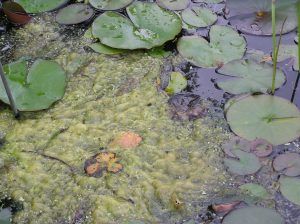
7. Avoid using chemical treatments to control blanket weed. If you underestimate the dosage the treatment will not be effective and if you overestimate, it will poison all your plants, including the water lilies. It is always a temporary fix and your pond will almost certainly need expensive regular dosing. The only successful long-term way of controlling blanket weed is to grow enough plants in your pond to establish a proper balance.
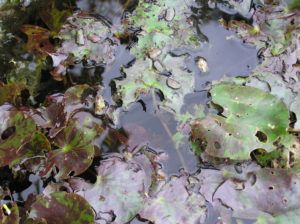
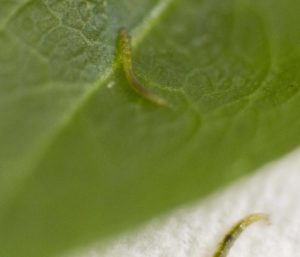
8. Water lilies have very few insect pests. The most common, especially in a newly planted pond, are midge larvae. These will swarm under new leaves and suck them dry. In an older pond China Mark moths can be a problem. The caterpillars feed on water lily foliage and will cut half-moon slices out of newer leaves each day for protection overnight. This only happens when there is no top predator in your pond’s ecology. The answer is to introduce a couple of goldfish who will happily hoover up both midge larvae and caterpillars.
China Mark moth damage
Mosquito larvae
9. Waterfowl and water lilies are not a good mix. Ducks, geese and moorhens will eat any tender young shoots as soon as they appear and will happily harvest older leaves to make their nests. If there are too many birds on a pond they will very soon clear all the foliage and poison the water with their droppings. Even a water lily will succumb to this treatment!
10. Too many leaves and not enough flowers. If after a few years, your water lily seems to be growing more leaves and fewer flowers, it may well be time to divide and re-pot the plant. Division is best done in early spring before the lilies come into full leaf. In March, lift the basket, carefully empty out the soil and wash off the lily rhizome and roots. Take off any side shoots, cut the roots back to about 10cms and then re-pot the rhizome back into its basket using fresh soil. You can put the lily back into the pond at the depth where it came from. Side shoots can each be trimmed and potted into their own 10lt basket.

